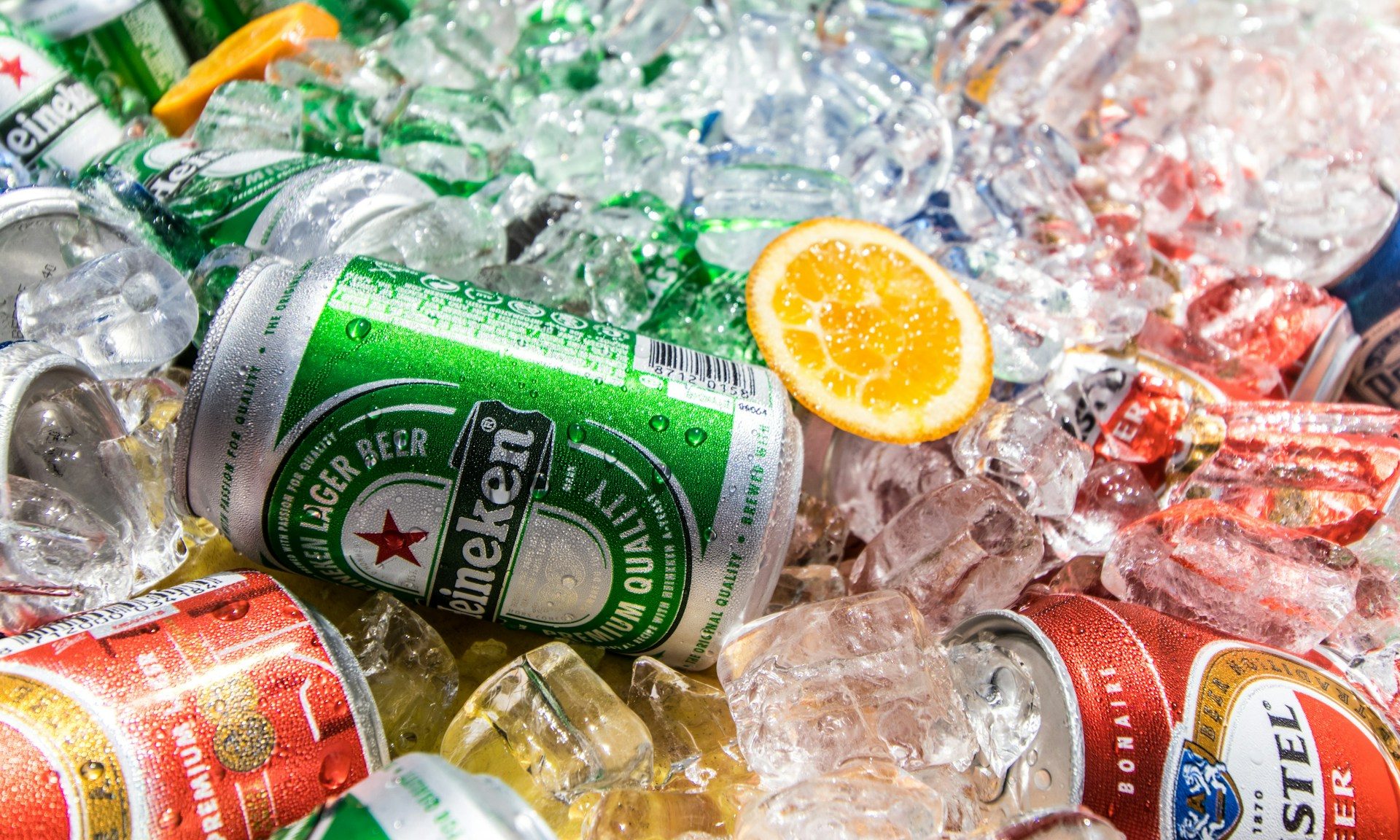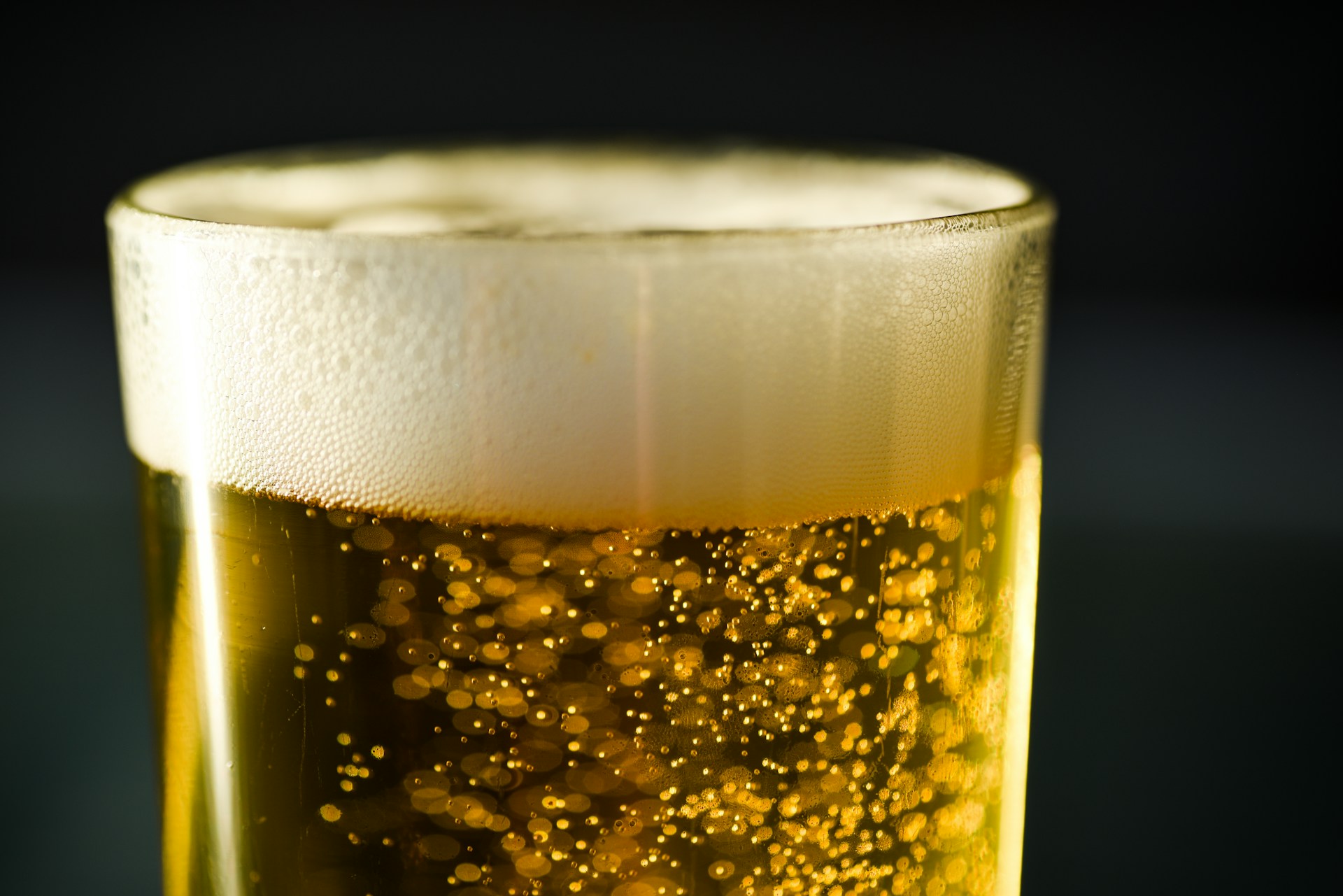
Imagine this scenario: It’s a scorching, humid, sunny day and you just finished two hours of lawn mowing and weed-whacking. While you probably should have a tall glass of ice water to stave off dehydration, what you want is a frosty, cold beer instead.
You crack open that beer and it tastes like the most delicious, satisfying, thirst-quenching beverage you’ve ever had. Now for the real question. Why? Does drinking it ice cold make it taste better? In the simplest terms, yes.
Does cold beer taste better?

Yes, cold beer tastes better than warm beer. That’s obvious if you take a glass of ice-cold beer and then sip it next to a glass of room-temperature beer. One is crisp and refreshing and the other is stale, warm, and potentially a little skunky. But, while you can tell on the base level that you’d rather drink a cold beer than a warm beer, it’s a little more complex than that.
Why does it taste better?

A recent study from the Chinese Academy of Sciences suggests that the reason the temperature of beer impacts the flavor is based on several scientific factors. The study, which was published in Matter, found that the alcohol itself is different depending on the temperature it’s consumed. This difference in flavor and overall taste has to do with the ethanol concentration.
It’s all about the ethanol

For those unaware, when it comes to alcohol, the two major components are water and ethanol. Because of this, the researchers studied ethanol at a molecular level. When there’s more ethanol, it makes a chain-like structure. When there’s less it’s a pyramid-like structure. The ethanol is more noticeable in the chain-like structure, presumably because there’s a higher percentage of ethanol.
A study of baijiu

Technically, the study was done on baijiu, a clear, neutral spirit popular in China. To go back to the formation of ethanol, the researchers found that when baijiu was imbibed at room temperature, the ethanol made a cluster-like shape. When they warmed it, the spirit became more like a chain and the flavor got more complex. They determined that the smallest temperature change had a dramatic effect on the overall flavor.
Where does beer come in?

Beer is very different from Baijiu. Beer is typically around 4-6% ABV and Baijiu is around 30-60% ABV. One is a beer, and the other is a spirit. The interesting thing is that due to its molecular makeup, the researchers saw the same findings in beers, but in reverse. When the beer is warm, the ethanol forms a cluster-like shape. When it’s cooled, the shape becomes a much more flavorful chain-like shape.
Bottom line

Science doesn’t lie. If you’re drinking a high-ABV spirit like cask-strength whiskey, baijiu, or high-proof rum, it’s going to taste better if you let it warm a bit. You might want to enjoy your favorite vodka straight out of the freezer, but the colder it is the less you’ll taste (although that might be the point with vodka).
Lower-ABV drinks like beer and wine are more flavorful when they are colder. That’s why your favorite pilsner or glass of white wine tastes best right out of the fridge. It’s science.



